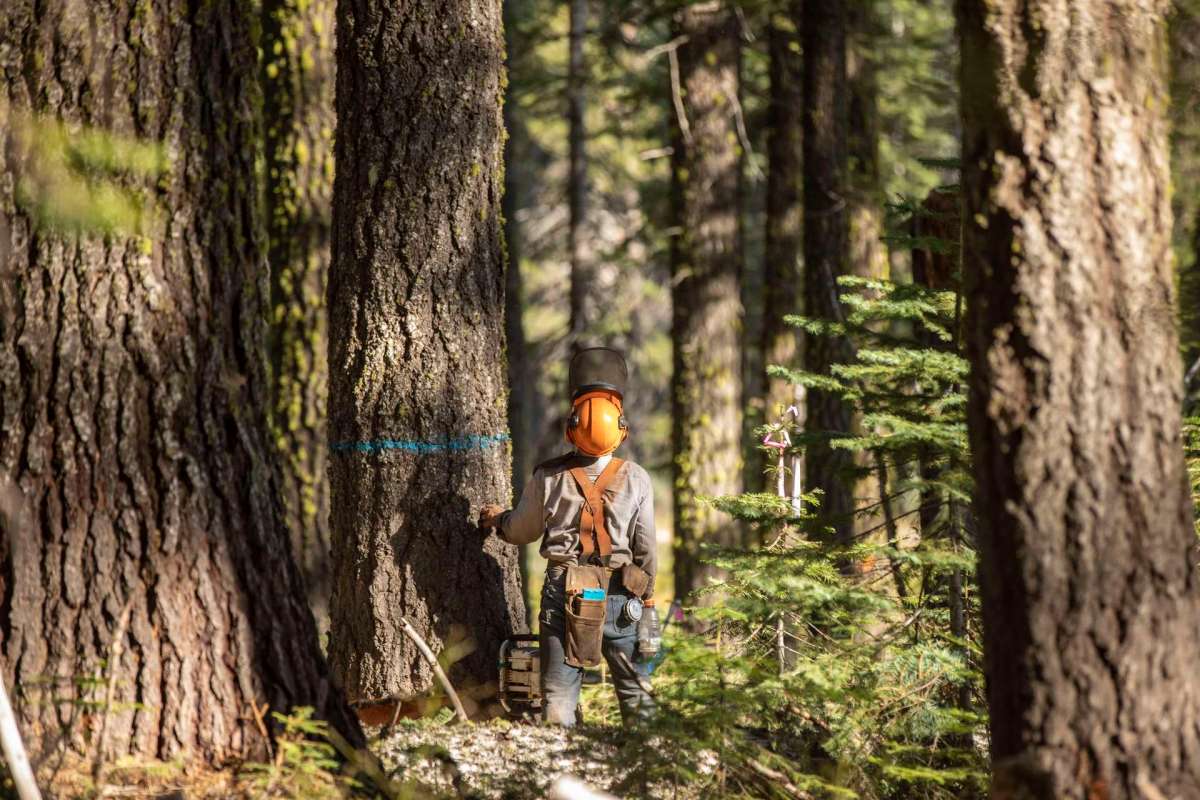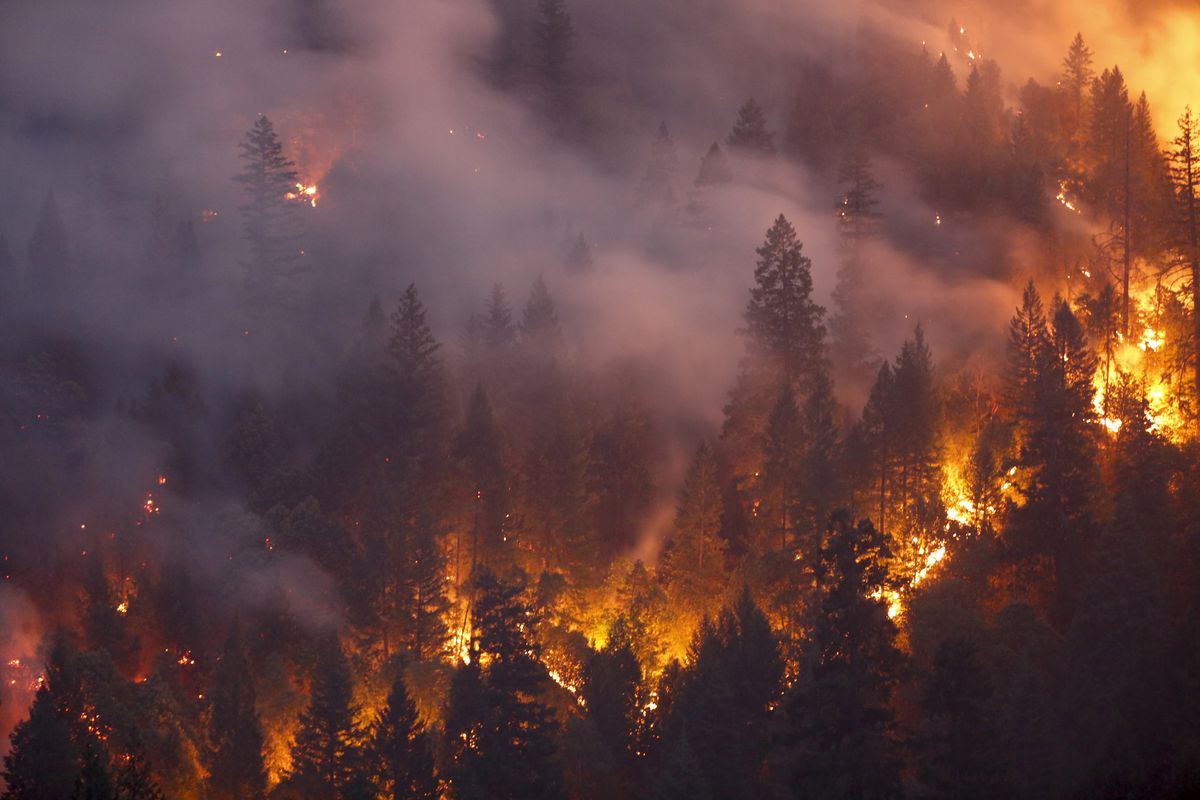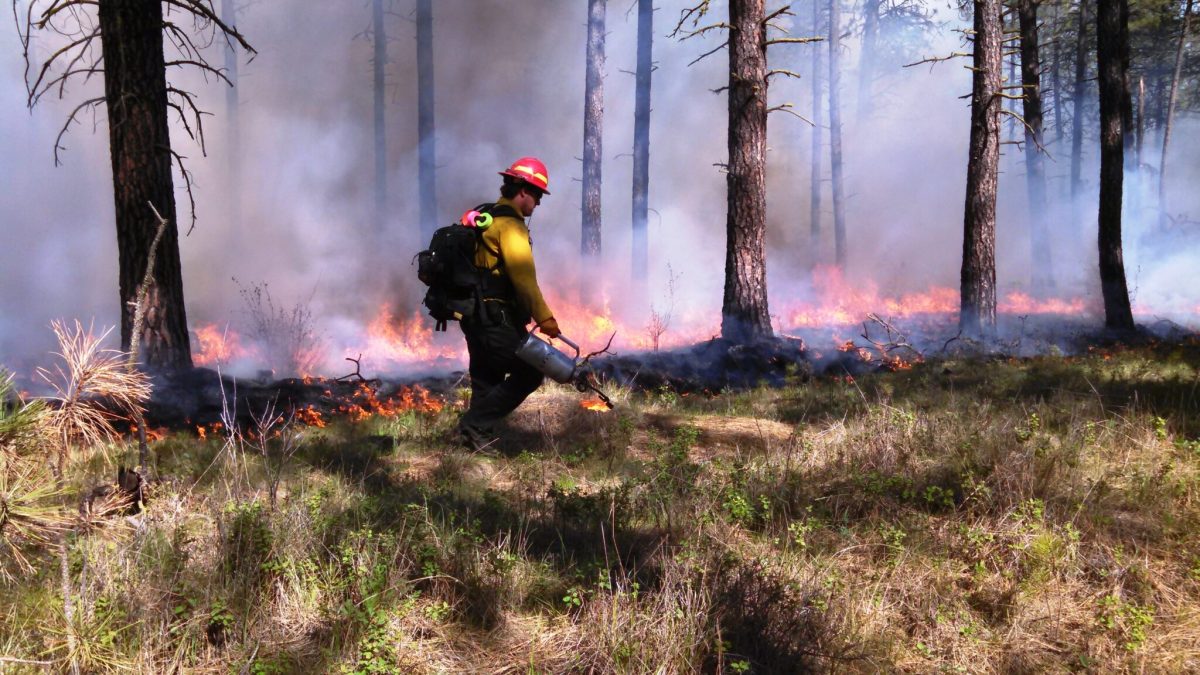Here’s how California has increased forest management and wildfire mitigation efforts. California’s fight against wildfires is a complex and evolving battle, demanding innovative strategies and significant investment. This involves a multi-pronged approach, focusing on proactive forest management, advanced detection systems, and improved emergency response. Let’s explore the key elements of this ongoing effort.
From aggressive forest thinning projects utilizing prescribed burns and mechanical methods to cutting-edge fire detection technology and enhanced community engagement, California is actively working to reduce wildfire risk and improve its response capabilities. The state’s commitment to improved forest health and resilient ecosystems is crucial in the face of increasing climate change impacts.
California’s Enhanced Wildfire Management
California’s wildfire crisis has spurred significant changes in forest management strategies. The state has implemented a multi-pronged approach encompassing increased forest thinning, improved fire prevention systems, updated management practices, enhanced emergency response, and adaptation to climate change impacts. This article details the key elements of this evolving strategy.
Increased Forest Thinning and Fuel Reduction Programs
California employs a combination of methods to reduce fuel loads in its forests, mitigating the risk of large-scale wildfires. These include prescribed burns, which mimic natural fire cycles to clear underbrush and deadwood, and mechanical thinning, using machinery to remove trees and brush. The scale of these projects varies widely, from small-scale treatments on private land to large-scale operations in national forests.
For example, the Sierra Nevada Conservancy has overseen numerous fuel reduction projects across the Sierra Nevada mountain range, often involving collaborations between state and federal agencies, private landowners, and local communities. One significant project involved the thinning of thousands of acres of forest in the Stanislaus National Forest, using a combination of prescribed burns and mechanical thinning. Another example includes the ongoing efforts in the Angeles National Forest, where mechanical thinning and prescribed burns are employed to reduce the risk of wildfires in areas near populated areas.
California’s stepped up forest management includes things like controlled burns and improved fuel breaks, aiming to reduce wildfire risk. However, even with these efforts, tragedies like the recent Studio City House Fire Puts an L.A. Neighborhood on Edge highlight how unpredictable and devastating fires can still be, emphasizing the ongoing need for community preparedness and proactive wildfire mitigation strategies.
Ultimately, a multi-pronged approach combining prevention and response is key.
| Year | Method | Acres Treated | Funding Allocated (USD) |
|---|---|---|---|
| 2010 | Prescribed Burn | 100,000 (estimated) | 50,000,000 (estimated) |
| 2010 | Mechanical Thinning | 150,000 (estimated) | 75,000,000 (estimated) |
| 2010 | Other | 50,000 (estimated) | 25,000,000 (estimated) |
| 2020 | Prescribed Burn | 150,000 (estimated) | 100,000,000 (estimated) |
| 2020 | Mechanical Thinning | 200,000 (estimated) | 150,000,000 (estimated) |
| 2020 | Other | 75,000 (estimated) | 50,000,000 (estimated) |
Challenges include the logistical complexities of large-scale projects, environmental concerns regarding smoke emissions from prescribed burns, and securing community buy-in for potentially disruptive activities. Successes include demonstrable reductions in wildfire intensity in treated areas and the creation of healthier, more resilient forest ecosystems. Effective community engagement is crucial for the long-term success of these programs.
Improved Forest Fire Prevention and Early Detection Systems
Advances in technology and community engagement are crucial for enhancing wildfire prevention and early detection. These efforts work in tandem to improve response times and minimize the impact of wildfires.
| Detection Method | Effectiveness | Advantages | Disadvantages |
|---|---|---|---|
| Satellite Monitoring | High (for large fires) | Wide area coverage, early detection potential | Less effective for small fires, weather dependent |
| Aerial Surveillance | Medium to High | Faster response than satellite, detailed view | Costly, weather dependent, limited coverage |
| Ground-based Observation | Low to Medium | Direct observation, cost-effective (for local areas) | Limited range, labor intensive |
Community involvement is paramount. Educational programs and public awareness campaigns teach residents about fire safety, responsible land management, and evacuation procedures. Examples of successful initiatives include community-led fuel reduction projects and neighborhood fire watch programs.
- Improved real-time fire information through mobile apps and websites.
- Enhanced communication systems for timely evacuation warnings.
- Development of standardized evacuation plans for communities at high risk.
- Increased public access to evacuation routes and shelters.
Changes in Forest Management Practices

California’s forest management has shifted from a historical focus on timber production to a more holistic approach emphasizing forest health, resilience, and wildfire risk reduction.
| Aspect | Traditional Practices | Current Practices |
|---|---|---|
| Silviculture | Even-aged stands, clear-cutting | Uneven-aged stands, selective thinning |
| Fuel Management | Limited fuel reduction | Active fuel reduction through prescribed burns and mechanical thinning |
| Forest Health | Limited monitoring | Regular forest health assessments and monitoring |
Key regulatory and policy changes include increased funding for fuel reduction projects, stricter building codes in fire-prone areas, and a greater emphasis on collaboration between agencies and stakeholders. The transition towards more resilient ecosystems involves species diversification, reforestation efforts, and promoting natural regeneration processes.
Investment in Fire Suppression and Emergency Response, Here’s how California has increased forest management and wildfire

Funding for wildfire suppression and emergency response has increased substantially in recent years. A line graph illustrating this increase would show a sharp upward trend, reflecting the growing recognition of the severity of the wildfire threat. The y-axis would represent funding in billions of dollars, and the x-axis would represent the years.
Improvements in firefighting technology include the use of more sophisticated aerial tankers, improved ground equipment, and advanced communication systems. Innovative techniques include the use of drones for fire monitoring and mapping, and the development of new fire retardants with reduced environmental impact.
- Improved firefighter training programs focused on wildfire suppression techniques.
- Enhanced safety protocols and equipment for firefighters.
- Increased use of technology for real-time monitoring of firefighter location and safety.
- Investing in better protective gear and equipment for firefighters.
Impact of Climate Change on Forest Management Strategies

Climate change is significantly exacerbating wildfire frequency and intensity in California. Warmer temperatures, prolonged droughts, and changes in precipitation patterns create ideal conditions for wildfires to ignite and spread rapidly. Longer fire seasons and increased extreme weather events contribute to larger, more destructive fires. The increasing severity and frequency of wildfires pose a significant threat to both natural ecosystems and human communities.
- Increased investment in fuel reduction and forest restoration projects.
- Development of climate-resilient forest management strategies.
- Implementation of adaptive management approaches to respond to changing conditions.
- Promoting the use of drought-resistant tree species.
Balancing forest management with biodiversity protection in a changing climate presents a major challenge. Efforts to reduce wildfire risk must be carefully considered to avoid unintended negative consequences for sensitive species and habitats. Careful planning and monitoring are essential to ensure that management practices enhance both resilience and biodiversity.
Concluding Remarks
California’s response to the escalating wildfire threat demonstrates a commitment to proactive forest management and effective emergency response. While challenges remain, particularly in the face of climate change, the state’s multi-faceted approach— encompassing forest thinning, advanced technology, community involvement, and increased funding—offers a promising path towards mitigating wildfire risk and building more resilient forest ecosystems. The ongoing evolution of these strategies is vital for protecting both lives and the environment.
Answers to Common Questions: Here’s How California Has Increased Forest Management And Wildfire
What are the biggest challenges facing California’s wildfire prevention efforts?
So, California’s tackling wildfires by improving forest management – thinning out dense areas and creating firebreaks. It’s a big undertaking, and while you’re learning about that, check out this awesome giveaway: Three signed shirts up for grabs in bumper MyLFC giveaway ! Then, get back to learning about the crucial work California’s doing to protect its forests from devastating fires.
The biggest challenges include the increasing frequency and intensity of wildfires due to climate change, the vast scale of California’s forests, limited resources, and public opposition to some forest management techniques.
California’s improving forest management involves controlled burns and thinning dense forests to reduce wildfire fuel. It’s a complex issue, and sometimes you need a break from the news – check out this game analysis if you’re a football fan: Tottenham 1-0 Liverpool (Jan 8, 2025) Game Analysis – ESPN. Then, get back to learning about how these preventative measures aim to lessen the impact of future wildfires in the state.
How does community involvement help in wildfire prevention?
Community involvement is crucial. Public education campaigns raise awareness of fire safety, while volunteer programs assist with fuel reduction efforts and early detection.
What types of innovative firefighting technology are being used?
California uses advanced aerial surveillance, sophisticated mapping systems, and improved firefighting equipment, including specialized aircraft and fire-resistant clothing.
What is the role of climate change in California’s wildfires?
Climate change is exacerbating wildfire risk through increased temperatures, prolonged droughts, and more intense wind events, creating ideal conditions for fire spread.
